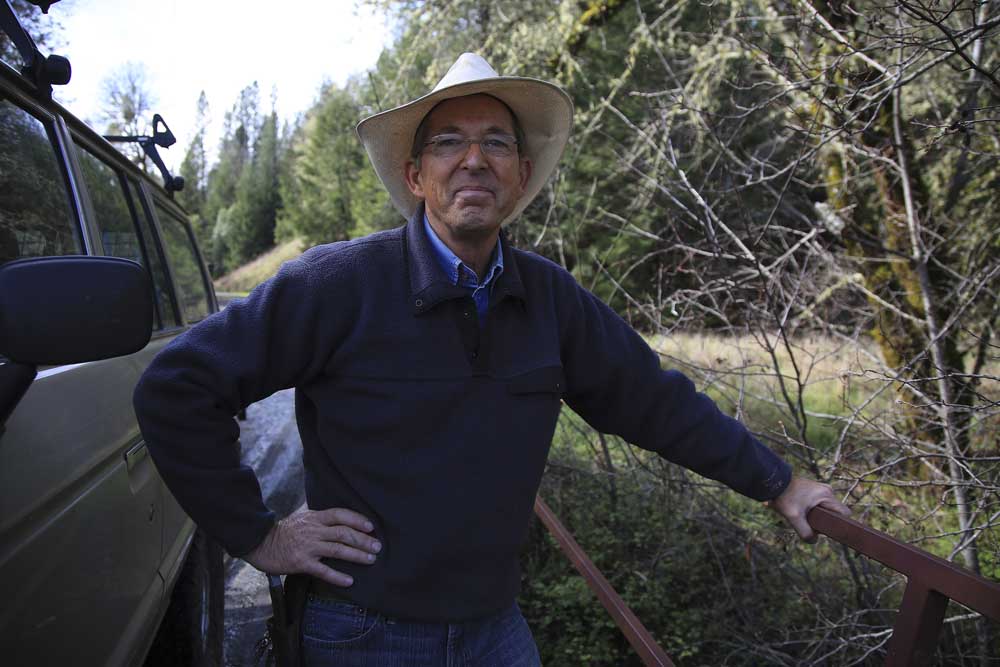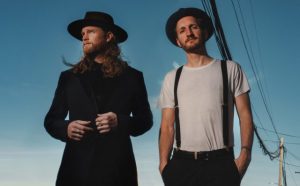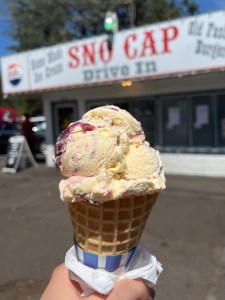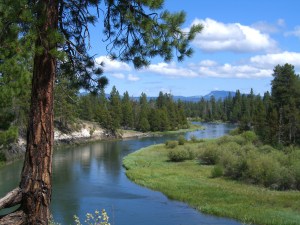Grapes in splendid isolation
Published 12:00 am Friday, April 15, 2016

- Jim Wilson / New York Times News ServiceStuart Bewley is the proprietor of Alder Springs Vineyard, where he grows 39 varieties of grapes.
LAYTONVILLE, Calif. —
Something is missing at Alder Springs Vineyard, 140 rolling acres high on a rugged 6,000-acre ranch outside this small town in northern Mendocino County.
Trending
About 12 miles to the west, visible from the 2,700-foot apex, is the Mendocino Coast. To the northeast is the snow-covered Yolla Bolly Range of the Klamath Mountains. But nowhere within miles of Alder Springs do you see other vineyards, which makes it one of the more unusual vineyards in California, if not the world.
Good vineyards are in places hospitable to making fine wine, which draws other vineyards. Sometimes, as in the Napa Valley or Burgundy, vineyards account for almost all the agriculture. Other times, as in the Santa Barbara region, clusters of vineyards share territory with other crops.
Alder Springs, however, flourishes in splendid isolation, an hour by car from the nearest vineyard.
But the grapes grown here have attracted a who’s who of contemporary California winemakers. Arnot-Roberts bought grapes from Alder Springs, as has Rhys Vineyards for its Alesia négociant label. Jason Kesner of Kistler Vineyards bought chardonnay for his Kesner label. Dirty & Rowdy, Pax Mahle, Patz & Hall, Y. Rousseau, Bedrock, Flowers and Cruse Wine Co. are among those that also bought grapes.
“It’s just confirmation that so much of the greatest wine terroir in California is not yet discovered,” Kevin Harvey of Rhys said.
The winemakers are drawn by the quality of the grapes, naturally, but also by the astounding breadth of Alder Springs: Its proprietor, Stuart Bewley, grows 39 varieties at last count. Some may not be surprising, like the syrah and other Rhône reds for which the vineyard is best known, or the pinot noir and chardonnay. Other grapes may require a trip to the textbooks, like petite arvine and picpoul, furmint and falanghina, counoise and tannat.
Trending
Decisions about which grapes to grow where are usually based on commerce, but Bewley has taken an old-fashioned, perhaps even monastic route, as the Cistercians did centuries ago in matching pinot noir and chardonnay to Burgundian terroir. He is planting grapes in a resolute experiment to determine which ones best express the complicated terroirs of Alder Springs.
“It’s neat that somebody’s gone on an odyssey, a quest, to find the right fit, and I think that’s awesome,” said Duncan Arnot Meyers of Arnot-Roberts. “It’s rare that somebody gets into it for those reasons.”
If it weren’t for Bewley, Yannick Rousseau may never have found the tannat of his dreams. Rousseau grew up in the Gascony region of southwest France, where he learned to make wine in Madiran, famed for its ferocious dark wines made of tannat.
In 2007, he set out to start his own label, Y. Rousseau, in Napa Valley, with a dream of establishing tannat as a fine wine in the United States. But he searched in vain for grapes in Northern California, until he discovered that Alder Springs had a scant half-acre. It warranted a visit.
“Right away, I realized I was dealing with an amazing grower who would not cut any corner for high-quality grapes,” Rousseau said. He persuaded Bewley to plant a little more tannat.
Bewley, 62, may be the last person one would suspect of setting out on such a passionate, perhaps quixotic voyage. He grew up in the agricultural town of Lodi, California, in the northern part of the Central Valley, studied business and made a fortune in the 1980s as a founder of California Cooler, which helped to set off the short-lived wine cooler craze. By 32, he had cashed out and was ready for a new challenge.
Though Lodi was not then a fine-wine region, Bewley had grown up in a family that prized great wine. He decided that he liked the wine business and wanted to grow great grapes. But where? In an effort to determine what made a good vineyard site, Bewley and a team of specialists over three years toured the best vineyards in Europe to see what they might have in common. He concluded that good soil chemistry and good drainage were crucial.
Searching for the right spot in California, Bewley traveled all over Napa and Sonoma, taking soil samples, before looking to northern Mendocino, where he already owned some timberland.
There, in 1990, he found Alder Springs, which had been used for hunting by its previous owners. It was thought to be too cold for grapes, but Bewley saw plenty of Douglas fir, madrone, Manzanita and tanoak trees, which he believed indicated just the right chemistry underneath.
Taking a backhoe to the gravelly soils, largely of decomposed sandstone with quartz, he found excellent drainage. Frost was an issue in the spring and fall, and forest fires are potentially a huge problem, but the ranch was on the inland side of the hills, protected from the cool maritime breezes.
Bewley is a hands-on grape grower, who is in the vineyards daily through the summer until harvest, and at least two days a week the rest of the year, when he comes up from another home in Marin County. He takes it so seriously that he started a winemaking operation in 2006 simply to improve his farming.
“We felt if we made our own wine, we’d grow better grapes, and it would teach us more about our site,” he said.
The isolation of Alder Springs has sometimes worked against it. Bewley had trouble attracting a winemaker to come live in Laytonville, which lacks a variety of restaurants, eligible young men and women and other winemakers, so he now ships his grapes to Santa Rosa for winemaking. And some wine producers have decided Alder Springs was too far away to keep making the trip.
Kesner, whose 2010 Kesner Alder Springs chardonnay was tangy, tightly coiled and textured, said he became too busy at Kistler to travel to Laytonville regularly, and so has taken a hiatus. And Meyers of Arnot-Roberts said the logistics of getting there were too prohibitive to continue buying.
Harvey of Rhys has bought syrah, chardonnay and pinot noir for his Alesia label.
“The main thing I was interested in was the expression, the very rocky, volcanic, high-altitude expression, and the grapes really showed that,” he said.
Yet Harvey, too, has stopped buying grapes from Alder Springs, though for a different reason. Taken with the region, he purchased a ranch a year ago not too far away from Alder Springs, on the other side of the hills directly exposed to the Pacific. He plans to plant about 20 acres and hopes to begin production in three to five years, by which time Alder Springs will be isolated no more.








